For more information and search capabilities visit: Lessons Main Index Page
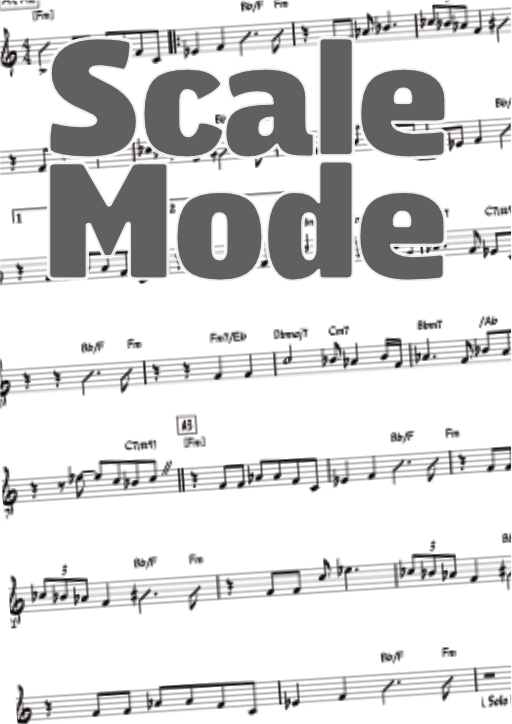
The terms "scale" and "mode" are often used interchangeably, but strictly speaking, there is a significant difference between them in music theory. Although they may share the same set of notes, a scale and a mode or modal scale are not the same thing. It's important to note that a scale and a mode can contain the same notes.
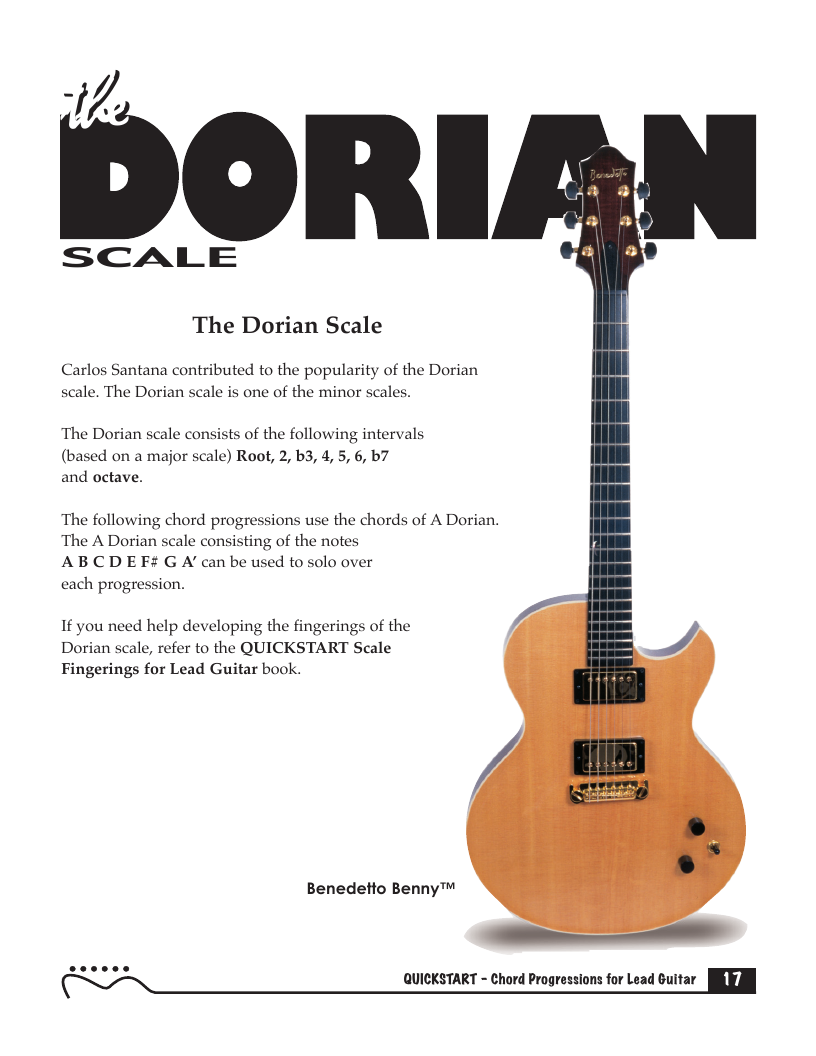
Four Premium practice play-along tracks for mastering and exploring the Dorian scale. Suitable for any instrument.

The Dorian/Minor scale is one of the six essential scales that every ukulele player should know. The scale formula, based on the major scale is: 1 2 b3 5 6 b7 8.
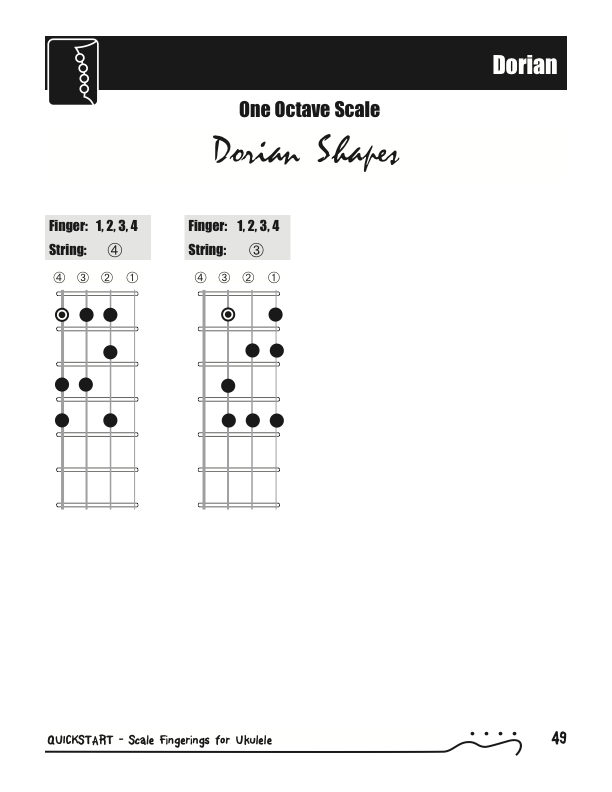
QuickStart scale shapes summary for Dorian/Minor, one of the six essential scales that every ukulele player should know.
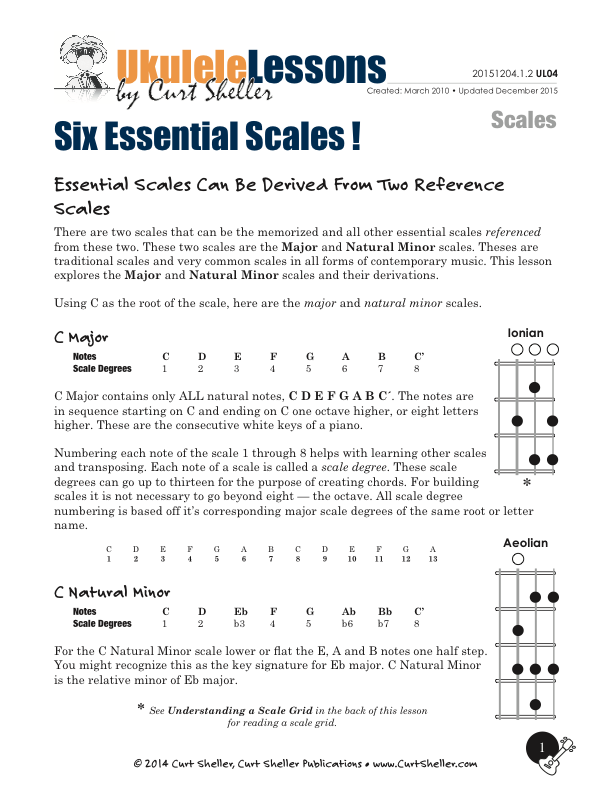
The six essential scales are: Blues Major Pentatonic Mixolydian Dorian Aeolian and Ionian From the six essential scales, you can get through a wide variety of traditional and contemporary music. A scale is simply a collection of pitches or notes, not really a "this is a Jazz scale", "this is a Blues" or "this is a Rock scale". It's how a scale is used that really matters not its name.
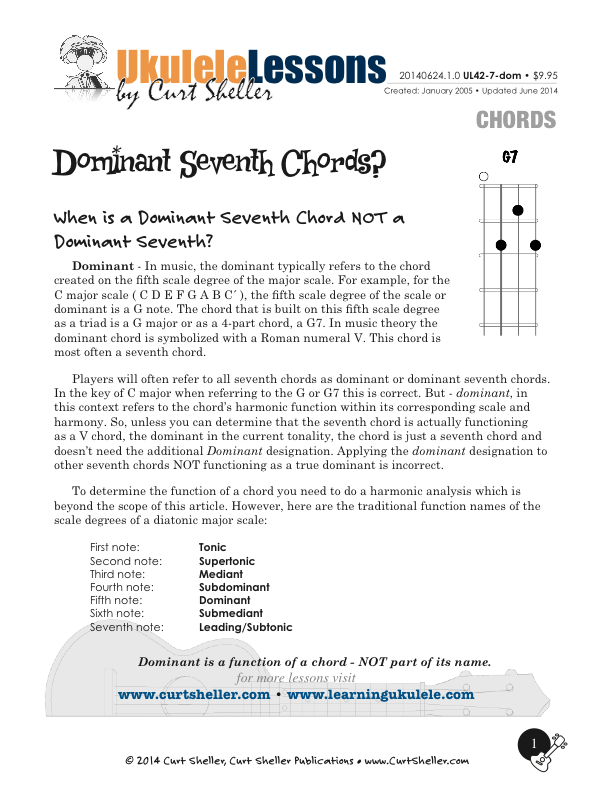
Not all seventh chords are actually "dominant" seventh chords. This lesson covers when is a Dominant Seventh Chord NOT truly a Dominant seventh?

A "Secondary Dominant" chord is defined as any seventh chord built on a scale root that is diatonic to the key that resolves up a perfect fourth or down a perfect fifth to a full diatonic chord. These chords function as a dominant (V) chord to the next chord, serving to temporarily tonicize the following chord.
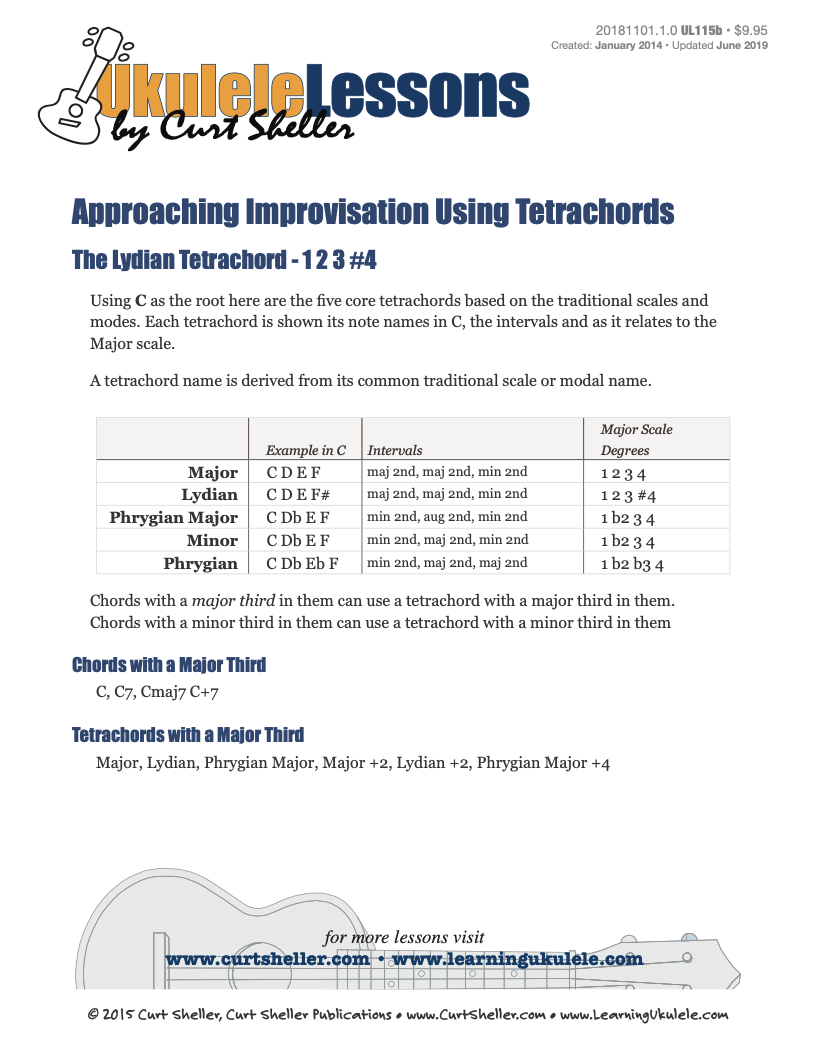
The Lydian tetrachord is the 1 2 3 #4 of a Lydian, Lydian Dominant, or Whole Tone scale.

The Major tetrachord is the 1 2 3 4 of a Ionian (Major), or Mixolydian (Dominant) scale.

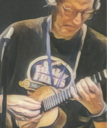
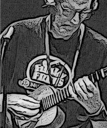

.jpg)